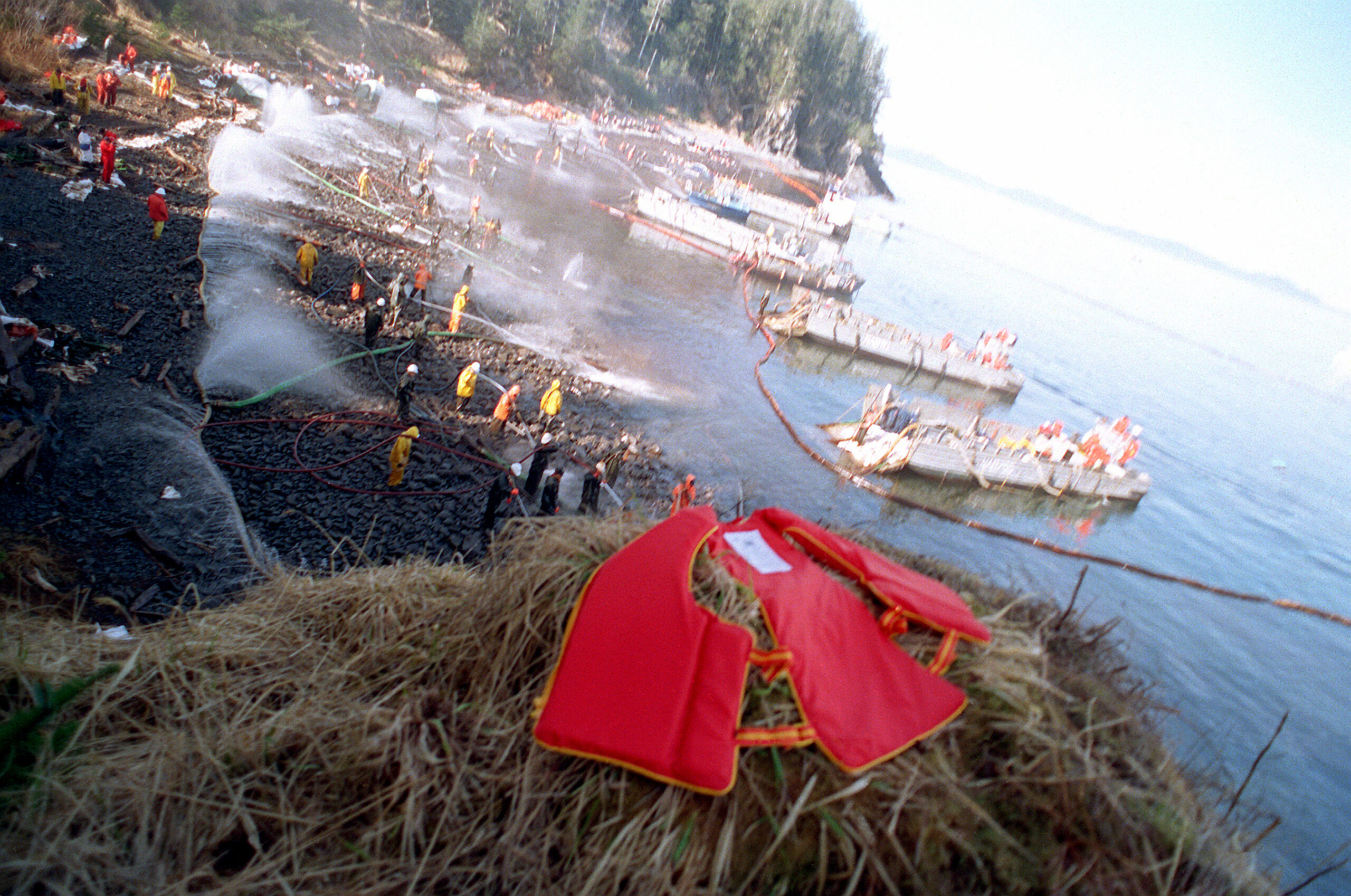The American environmental movement is a tapestry woven from numerous pivotal events and passionate advocates. Its history reveals the tenacity and commitment of individuals and organizations to protect our planet. From legislative milestones to grassroots actions, these key moments have shaped the trajectory of environmental conservation in the United States. Let’s delve into ten significant events that have left an indelible mark on America’s environmental journey.
The Birth of the Sierra Club
Founded in 1892 by naturalist John Muir, the Sierra Club emerged as one of the first environmental organizations in the United States. Muir, often referred to as the “Father of National Parks,” was instrumental in advocating for the preservation of natural landscapes. The Sierra Club’s initial focus was on preserving the Sierra Nevada mountains, but its influence soon expanded nationwide. The club’s efforts were pivotal in the establishment of Yosemite National Park and contributed to the broader national parks movement. Through its campaigns, the Sierra Club has consistently championed the conservation of wilderness areas, influencing both public policy and public opinion.
The Dust Bowl and Its Lessons
During the 1930s, the Dust Bowl swept through the Great Plains, turning fertile land into a barren wasteland. This ecological disaster was largely a result of poor agricultural practices and severe drought. The devastation forced thousands of families to abandon their farms, highlighting the need for sustainable land management. In response, the federal government introduced soil conservation techniques and policies to prevent future occurrences. The Dust Bowl served as a stark reminder of the delicate balance between human activity and the environment, shaping future agricultural and environmental policies.
Rachel Carson’s “Silent Spring”

Published in 1962, Rachel Carson’s “Silent Spring” marked a turning point in the environmental movement. Carson’s groundbreaking book exposed the dangers of pesticides, particularly DDT, to wildlife and human health. Her compelling narrative and scientific evidence rallied public concern and led to increased scrutiny of chemical industries. “Silent Spring” is often credited with igniting the modern environmental movement, as it prompted the eventual ban of DDT in the United States and inspired the creation of the Environmental Protection Agency (EPA).
The First Earth Day
On April 22, 1970, millions of Americans participated in the first Earth Day, a nationwide demonstration for environmental reform. Spearheaded by Senator Gaylord Nelson, Earth Day aimed to raise awareness about environmental issues and demand political action. The event’s success showcased the growing public demand for environmental protection and led to significant legislative changes. As a result, the 1970s saw the passage of landmark laws such as the Clean Air Act and the Clean Water Act, fundamentally transforming American environmental policy.
The Establishment of the Environmental Protection Agency (EPA)
In December 1970, the United States took a significant step forward in environmental governance with the establishment of the EPA. Charged with protecting human health and the environment, the EPA consolidated various federal programs under one umbrella. This agency has played a crucial role in enforcing environmental regulations, conducting research, and educating the public. Over the years, the EPA has been instrumental in reducing air and water pollution, safeguarding endangered species, and addressing climate change.
Love Canal Tragedy
The Love Canal disaster of the late 1970s brought national attention to the dangers of toxic waste disposal. Residents of the Love Canal neighborhood in Niagara Falls, New York, discovered that their homes were built on a toxic waste dump, leading to severe health issues. The ensuing public outcry prompted a federal response and led to the creation of the Comprehensive Environmental Response, Compensation, and Liability Act (CERCLA), commonly known as the Superfund program. This program aimed to clean up hazardous waste sites and hold polluters accountable, setting a precedent for environmental justice.
The Exxon Valdez Oil Spill

In 1989, the Exxon Valdez oil tanker struck a reef in Prince William Sound, Alaska, spilling millions of gallons of crude oil into the ocean. The spill wreaked havoc on the local ecosystem, killing thousands of marine animals and devastating the fishing industry. The disaster underscored the risks associated with oil transportation and highlighted the need for stricter regulations. In response, the Oil Pollution Act of 1990 was enacted, strengthening measures for oil spill prevention and response. The Exxon Valdez spill remains a stark reminder of the environmental consequences of industrial accidents.
The Kyoto Protocol and U.S. Response
Adopted in 1997, the Kyoto Protocol was an international treaty aimed at reducing greenhouse gas emissions to combat climate change. While the United States signed the protocol, it was never ratified by Congress, leading to debates about America’s commitment to global environmental efforts. Despite this, the protocol spurred increased awareness and action on climate change within the U.S. Over time, various states and cities adopted their own emission reduction goals, and the federal government introduced initiatives to promote renewable energy and energy efficiency.
The Rise of Renewable Energy
In recent decades, the shift towards renewable energy sources has gained momentum in the United States. Driven by concerns about climate change and energy security, investments in solar, wind, and hydroelectric power have surged. Technological advancements and decreasing costs have made renewable energy more accessible and economically viable. Today, the renewable energy sector is a major contributor to job creation and economic growth, while reducing the nation’s carbon footprint. This transition marks a significant shift in America’s energy landscape and reflects a growing commitment to sustainability.
The Paris Agreement and America’s Role
In 2015, the Paris Agreement marked a historic moment in global climate action, aiming to limit global warming to well below 2 degrees Celsius. The United States initially played a key role in negotiating the agreement and committed to ambitious emission reduction targets. Although the U.S. temporarily withdrew from the agreement under the Trump administration, it rejoined in 2021 under President Biden. The Paris Agreement underscores the importance of international cooperation in addressing climate change and highlights America’s potential leadership in global environmental efforts.


